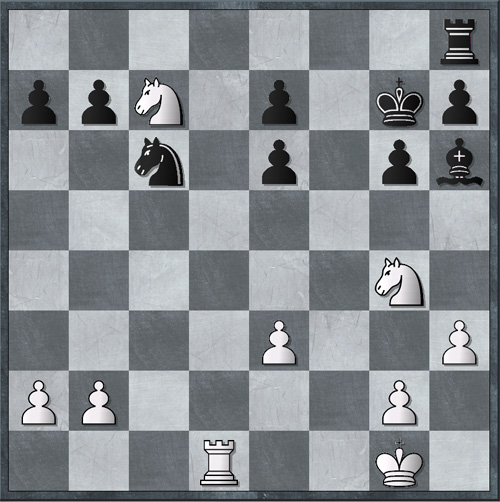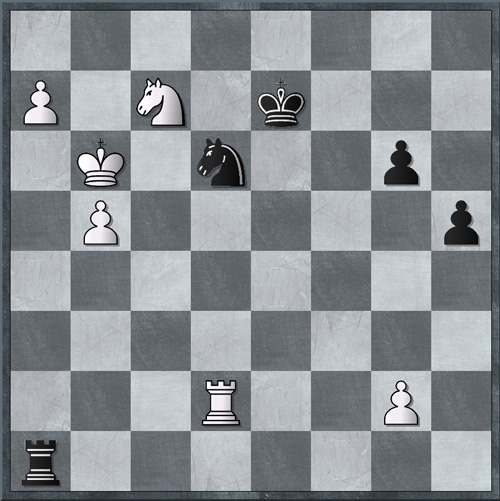Chess Endgame Study That Baffles Computers
This position is from the book "Endgame Strategy" by Shereshevsky. It occurred in a master game where White won in a round-about way, having failed to see the key move:

White to play
You may want to try your hand at it before seeing the solution below.
Fritz6 wanted to play 1 b4 after one hour of analysis. The program did not see the correct move, even after 24 hours, sticking with b4.
The best plan is 1 Rf1! Nd8 2 h4. White plays 3 Rf2, after which Black is helpless against White taking his King to the Queenside. That seems to be a scheme which the computer cannot find, at least not in a reasonable time. Although this position is hard for computers to analyse, a human player can quickly see that this strategy wins. Why? Because it relies on seeing a long-range plan, whereas computers do not plan, period.
In general, positional evaluation is too subtle to be embodied in any set of rules. Also, one always has to think what is going to happen next in the position that is being evaluated. It could be one move away from mate, which will be invisible to a computer that has stopped calculating moves.
A computer's evaluation of a position is almost worthless if it does not specify the search depth. Thus in a four-move mate the computer may give a meaningless value to the position, if it evaluates only three moves ahead, not knowing mate will happen a move later. The same is not true of a human evaluation because we think about the overall trend of the game. In effect the computer over-values a specific stage of the game, ie its move horizon.
We regard the computer's evaluation as faulty in this study because it fails to conclude that the game is lost for Black. Yet the same is true of most positions - the computer is not trying to predict the final outcome, but only the result for a certain move depth, and that is exactly how we should view its evaluation. I advanced the position by two moves and asked Fritz's opinion again. After deliberating for over 9 hours Fritz, changed its initial evaluation from 1.66 to 4.87, as it envisaged the following situation after 32 moves:
